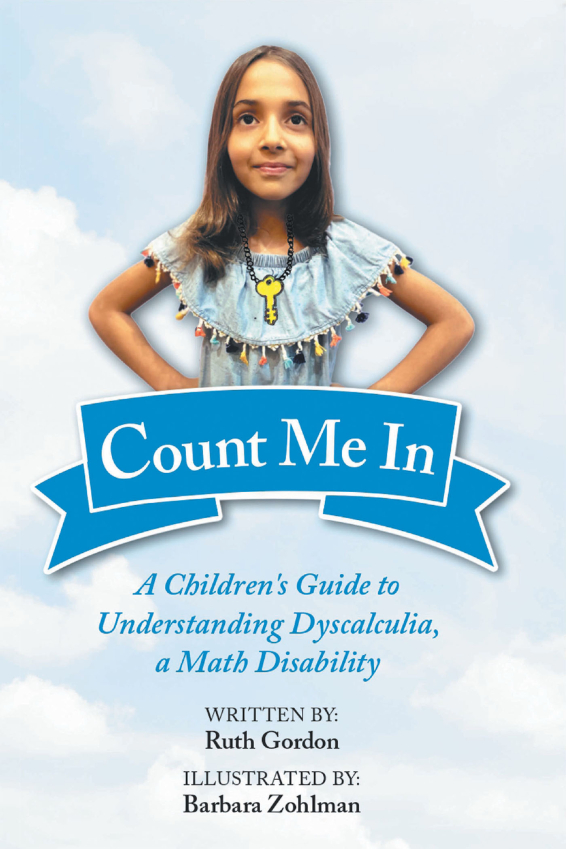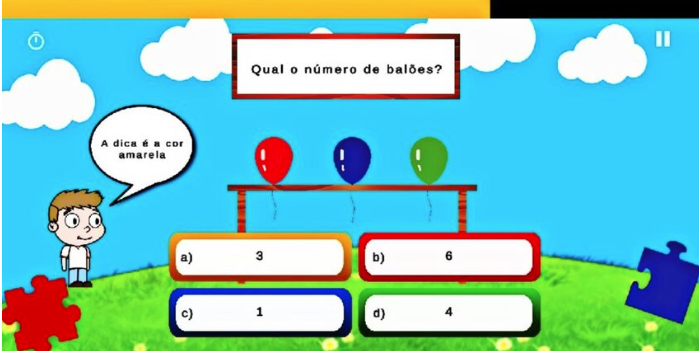Compare and contrast skills are like a superpower for kids, allowing them to explore the world and make sense of it in a new and exciting way. With these skills, children can look beyond the surface and discover hidden similarities and differences between things. This can be especially useful when making decisions, solving problems, or simply understanding new information.
By engaging in games and activities that encourage comparison and contrast, kids can unleash their inner detectives, discovering new patterns and relationships as they play and learn. These skills can be taught through imaginative games, interactive stories, and hands-on experiences that bring the world to life.
From exploring the differences between different species of animals to discovering the similarities between different cultures and traditions, the possibilities are endless. And best of all, these skills will stay with kids for life, providing a foundation for future learning and success. So, below are 10 compare-and-contrast games that players can engage in for an enhanced understanding of objects and concepts.
Interactive online compare-and-contrast games
Much like skimming and scanning activities and games, compare and contrast games can be the most productive way to pass the time, so here are 8 games for individuals to strengthen their comparison and contrast capacities.
1. Compare and Contrast Rags to Riches
Compare and Contrast is an interactive and intellectually stimulating game available on the Quia website that is designed to sharpen players’ cognitive skills. The game presents players with a collection of words, phrases, or sentences and challenges them to match them based on their similarities and differences. Players must exercise their cognitive abilities to analyze and compare the items to find the perfect match.
The game is played by answering multiple-choice questions and can be enjoyed alone or with a group. Playing this game can enhance players’ attention and higher-order cognitive abilities. It’s an entertaining and interactive way to hone comparison and critical thinking skills.
2. Compare and Contrast Hangman

Compare and Contrast is an engaging and interactive game available on the Quia website that aims to sharpen players’ ability to concentrate and look for details. The game presents players with a plethora of items, and their task is to match them based on their similarities and differences.
Players must exercise their cognitive abilities to analyze and compare the items to find the perfect match. The game is played by answering multiple-choice questions, and it can be enjoyed alone or with a group. Through continuous exposure to this game, players can notice an improvement in their comparison skills.
3. Compare and Contrast

Compare and Contrast is a game that allows players to improve their critical thinking and comparison skills through interactive gameplay.
To play the game, players are presented with a series of images and are tasked with matching them based on their similarities and differences. For example, players may be asked to match two images of animals that have similar characteristics such as shape, size, or color. Players must analyze and compare the images to find the correct match. The game has multiple levels of difficulty, and players must complete each level to advance to the next.
Playing “Compare and Contrast” can help players improve their concentration and eye for detail. The game can be played alone or with a group, making it suitable for both individual and classroom settings. It is a fun and interactive way for players to learn and practice comparison and critical thinking skills, which are essential for academic and professional success.
4. Compare Numerals and Objects

Compare Numerals and Objects is an interactive game that helps children learn about comparing numerals and counting objects. The game presents players with two sets of objects, such as “3 apples” and “5 apples” and asks them to compare the quantity by using the correct symbol (>, <, or =).
Players must choose the correct symbol in order to progress to the next level. The game’s difficulty increases as players advance through the levels. Through this game, players will benefit from an increased understanding of numerals and counting, an increased ability to compare quantities, and improved problem-solving skills. Additionally, this counting game is interactive and engaging which makes it easy for children to understand the concepts.
5. Compare Two Number Sentences Using Addition

Compare Two Number Sentences Using Addition” is a fun and engaging educational game that helps players learn about comparing number sentences using addition. The game presents players with two number sentences, such as “3 + 4 = 7” and “5 + 2 = 7”, and asks them to compare the values by using the correct symbol (>, <, or =). Players must choose the correct symbol in order to progress to the next level.
The game’s difficulty increases as players advance through the levels. Players can expect an improved understanding of addition, increased ability to compare number sentences, and improved problem-solving skills. Additionally, being a math game, this game is interactive and engaging for children which makes it easy for them to understand the concepts.
6. Comparing Number Values

ABCya’s “Comparing Number Values” is an educational game for children that helps them learn about comparing numbers. The game presents players with two numbers and asks them to compare the values by using the correct symbol (>, <, or =). Players must choose the correct symbol in order to progress to the next level.
The game’s difficulty increases as players advance through the levels. The benefits of playing this game include an improved understanding of number values, an increased ability to compare numbers, and improved problem-solving skills. Additionally, this game is accessible, easy to understand, and interactive which makes it engaging for children.
7. Which one is different

Which one is different is a matching game aimed at improving visual perception skills in children. Serving as an example of visual perception, the player is presented with a grid of images and must identify the dissimilar image amongst the lot. The game starts with four images displayed on the screen.
The player has to observe all four images carefully to identify which one is different and Click on the image they believe is different. If the answer is correct, the player will move on to the next round. If the answer is incorrect, players will receive feedback and can try again.
The game continues until all rounds have been completed or until one reaches the maximum number of allowed mistakes. The goal is to identify the different images as quickly and accurately as possible. This game is designed to improve visual discrimination skills and cognitive abilities, as well as to challenge players’ attention to detail and ability to recognize patterns and differences.
8. Compare and Contrast Quiz

Compare and Contrast Quiz” is a comprehension and critical thinking game that challenges players to identify similarities and differences between two or more objects, ideas, or events. Players are presented with a set of questions or prompts that ask them to compare and contrast two or more items. They must read the information carefully and think critically about the similarities and differences between the items.
The player then must select the correct answer from a set of options. The game continues until all questions have been answered or until the player reaches the maximum number of allowed mistakes. This game is designed to improve reading comprehension skills and critical thinking abilities, as well as to challenge players’ ability to identify similarities and differences and make meaningful comparisons.
Daily practices to strengthen compare and contrast in children
Skills improve with regular practice. And when it comes to comparing and contrasting skills that are a stepping stone for critical thinking, including such practices can be extremely beneficial. Hence, here are some daily practices that can help children become better at comparing and contrasting.
- Get creative with classification: Children can create their own categories and classify everyday objects, such as toys or food, into different groups.
- Storytelling: Storytelling can encourage children to tell stories and compare and contrast different characters, their actions, and motivations.
- Cooking: Teach children to compare and contrast ingredients and recipes by trying new dishes or making variations of familiar ones.
- Gardening: Through gardening, children can compare and contrast different plants, flowers, and even trees in their gardens or local parks.
- Movie/Book analysis: Watching movies or reading books and comparing and contrasting the characters, plot, and themes, can help the skill of comparison and contrast to strengthen.
- Virtual field trips: Taking virtual trips to different places could further help in comparing and contrasting the climate, culture, and landmarks.
Conclusion
Compare and Contrast online games are effective and enjoyable games that provide players with a dynamic and interactive experience that challenges them to identify similarities and differences between a wide range of items. Incorporating these games into your learning or leisure activities can help to enhance your cognitive abilities and improve your overall performance. So, try them out today!




